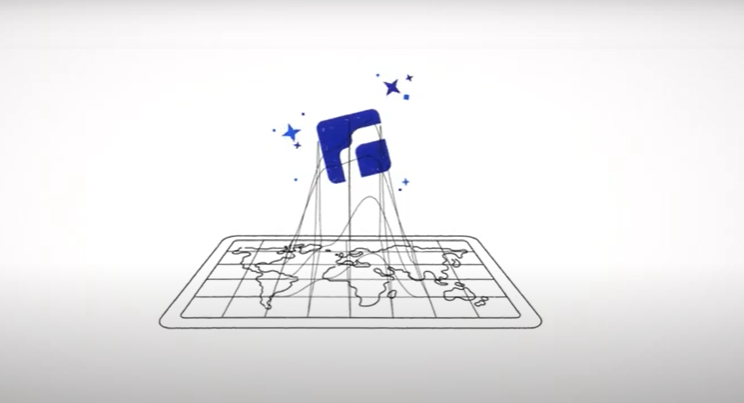Introduction
ThinLinc is a highly configurable remote desktop server for Linux that facilitates remote access to applications and desktops from any device. ThinLinc provides multiple users with remote graphical access to a central Linux environment.
-
Are you an administrator who wants to provide users with a remote graphical Linux environment?
Download the ThinLinc server and read the quick-start guide! ThinLinc is free for up to 10 concurrent users per organization. For more information on free usage of ThinLinc, see our Free usage page.
-
Are you an end-user who wants access to your organization’s ThinLinc system? Download the ThinLinc client!
Resources
All documentation surrounding ThinLinc is available on the Documentation page. If you need assistance with ThinLinc, our support channels are listed on the Support page. We are also active participants in the ThinLinc community. In addition to participating in discussions and helping our users out, we regularly post tutorials and how-to guides for various ThinLinc-related topics under the Knowledge Base category.
Cendio also offers tailored onboarding services and consultation services. More information is available on the Onboarding page.
Below are a few Knowledge Base articles we would like to highlight for new users:

